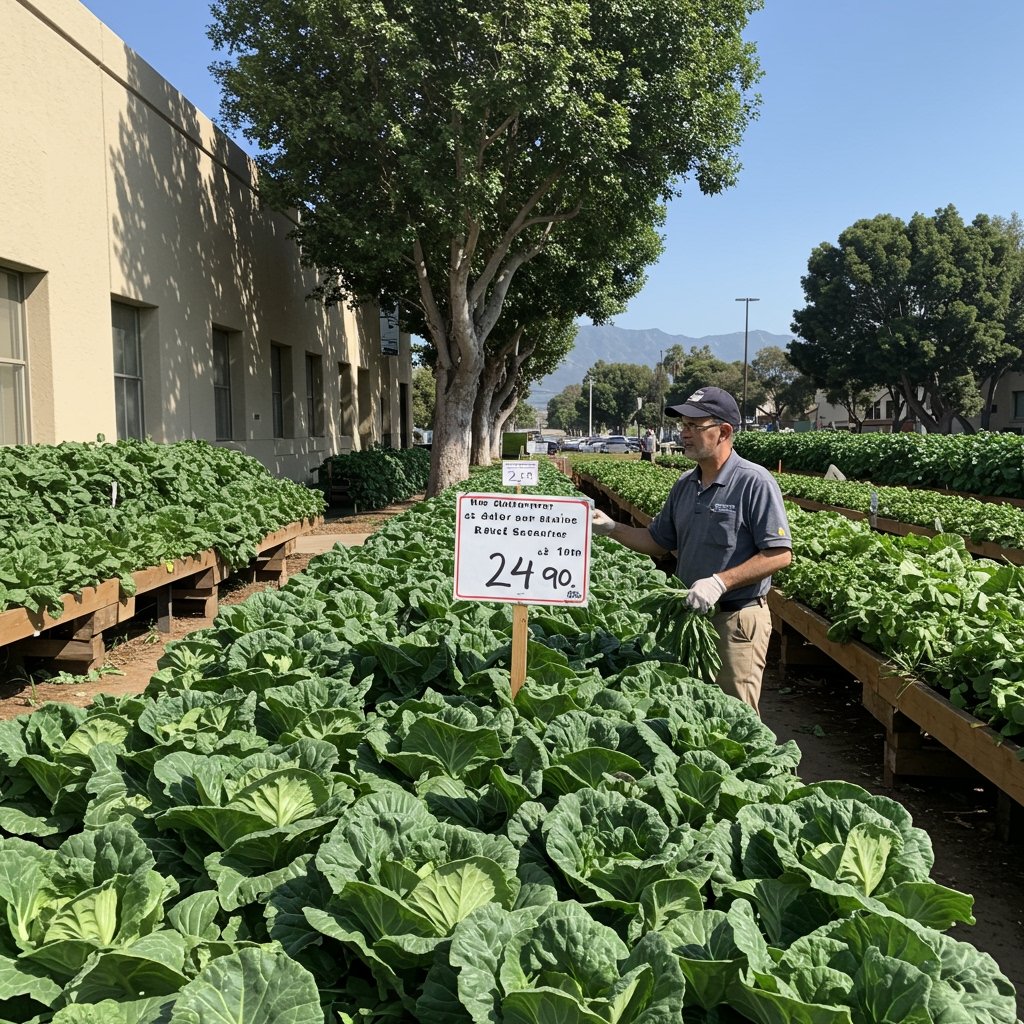California Grocers Association Warns of Food Price Increases
Sacramento, CA – The California Grocers Association (CGA) issued a significant statement on April 25, 2025, projecting potential increases in the retail prices of various produce items across the state. This forecast comes in the wake of the California Assembly Committee’s approval of Assembly Bill 789 (AB 789) on April 24, 2025, a legislative proposal aimed at mandating phased wage increases for seasonal farm workers.
The association’s statement explicitly linked the anticipated price adjustments directly to the expected rise in labor costs for agricultural producers. As these costs constitute a substantial portion of the overall expense involved in bringing fresh produce from the field to the supermarket shelf, the CGA anticipates that some of this increase will inevitably be passed on to consumers.
According to the CGA’s projection, California consumers could begin to see these price effects emerge within six to twelve months from the date of their statement. The association estimated that the impact could translate to a 5-10% rise specifically on some locally sourced fruits and vegetables available at retail checkout counters statewide. This percentage range, while seemingly modest, could accumulate over time and across multiple items, potentially impacting household grocery budgets.
The Impetus: Understanding AB 789
AB 789, which cleared the Assembly Committee on April 24th, represents a legislative effort to improve the compensation structure for seasonal farm workers in California. These workers are the backbone of the state’s massive agricultural industry, performing labor-intensive tasks that are crucial for cultivating and harvesting the diverse range of crops grown in California. The bill proposes a phased approach to increasing their wages, aiming to provide better economic stability for this vital workforce.
Supporters of AB 789 argue that higher wages for farm workers are long overdue and necessary to ensure fair labor practices and improve living standards for individuals who often perform demanding work under challenging conditions. They highlight that increased wages can reduce poverty among farm worker communities and potentially help stabilize the agricultural labor supply in the long run.
However, the costs associated with these mandated wage increases are a primary concern for agricultural employers and, consequently, for those involved further down the supply chain, including grocery retailers. The CGA’s statement reflects the perspective that increased labor expenses for farmers will necessitate higher prices charged to distributors and retailers, who will then need to adjust retail prices to cover these incoming costs while maintaining operational viability.
Economic Implications and Supply Chain Effects
The agricultural supply chain is complex, involving growers, packers, processors, distributors, and retailers before products reach the end consumer. A significant cost increase at the farming level—such as labor costs—can ripple through this chain. Farmers facing higher wage bills may need to raise the prices they charge to packing houses or distributors. These entities, in turn, will pass on their increased costs to grocery retailers.
The California Grocers Association, representing a broad spectrum of grocery businesses from large chains to independent stores across California, is keenly aware of how even incremental cost increases can affect their operations and their customers. Their projection of a 5-10% price rise on certain local produce items is based on their assessment of how these added labor costs are likely to translate into retail pricing.
It’s important to note that the impact may vary depending on the specific crop, the labor intensity of its cultivation and harvest, and the degree to which it relies on seasonal workers covered by AB 789. Locally sourced produce, often grown and harvested within California, is directly subject to the state’s labor laws and the provisions of this bill.
Retailer and Consumer Response
This development is being closely watched by retailers and consumer groups statewide. Retailers must balance the need to cover their costs with the desire to remain competitive and affordable for their customers. Any significant price increase, even on a subset of products like local produce, can influence consumer purchasing habits.
Consumer groups are naturally concerned about the potential impact on affordability and access to fresh, healthy food. While supporting fair wages for workers, they will be monitoring how the price adjustments are implemented at the retail level and whether the increases remain within the projected range or potentially exceed it.
The CGA’s statement on April 25, 2025, serves as an early alert to the market and the public about the potential economic consequences following the Assembly Committee’s action on AB 789 the previous day. It highlights the intricate connection between agricultural labor costs and the final prices consumers pay at the grocery store.
As AB 789 progresses through the legislative process, its final form and implementation details will become clearer, allowing for more precise projections. However, the California Grocers Association’s initial forecast suggests that grocery shoppers should prepare for potential price adjustments on their favorite California-grown fruits and vegetables in the coming months, specifically within six to twelve months.



















